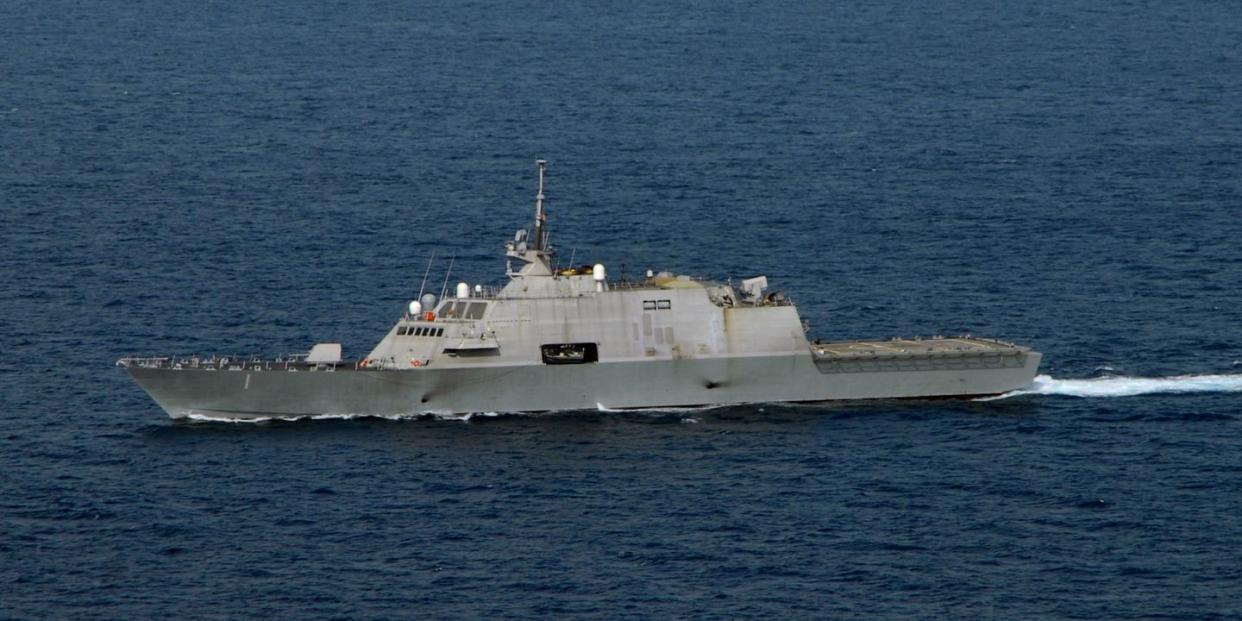The Good News About the Navy's Littoral Combat Ship Is Actually Bad News

The USS Freedom is rejoining the fleet more than two years after an engine breakdown sidelined the vessel. That's good news for the Freedom, sure, but the lengthy repair only underscores the multitude of problems the U.S. Navy has experienced with this new breed of ships-ships that might be functionally obsolete before they really even get going.
When it was commissioned in 2008, USS Freedom was meant to be the first of a new type of ship, the littoral combat ship (LCS). The LCS is a small, frigate-sized vessel meant to operate near shores and coastlines, supporting operations in post-9/11 war zones.
But a lot has changed in a decade. The evolving geopolitical climate, including the rise of the Chinese Navy, has made the LCS class largely irrelevant. Although the U.S. Navy technically has 11 LCS ships currently in service, none of them deployed in 2018-all 11 were tied up in maintenance or equipment testing.
USS Freedom had been laid up since 2016. After the ship participated in the month-long Rim of the Pacific exercises, inspectors discovered “extensive damage” to one of Freedom’s engines. According to USNI News, “a leak from the attached seawater pump mechanical seal… resulted in seawater entering the engine lube oil system” of one of the ship’s two main propulsion diesel engines. The Freedom-class littoral combat ships use two Colt Pielstick engines for everyday propulsion, but also run a pair of Rolls-Royce MT 30 gas turbines for high speed sprinting.
Another problem for the LCS program is a lack of equipment. Littoral combat ships were originally designed to use hot-swappable “mission modules,” meaning the vessels would be capable of rapidly changing over their key weapons and sensors. The Navy originally planned to create mission modules for many possible tasks, including anti-ship, anti-submarine warfare, special forces support, mine-hunting, and other roles. But 15 years after work began, not a single one of them is ready for operational use. The lack of available modules has resulted in an under-equipped fleet of ships whose main armament is a single 57-millimeter gun, meaning they're no better armed than Coast Guard cutters.
The LCS ships are scheduled to deploy for the first time in 2019. The Pentagon, signaling a lack of confidence in the program, cut the number of ships it planned to purchase from 52 to 32, with the difference made up by purchasing a new class of guided missile frigates.
('You Might Also Like',)

